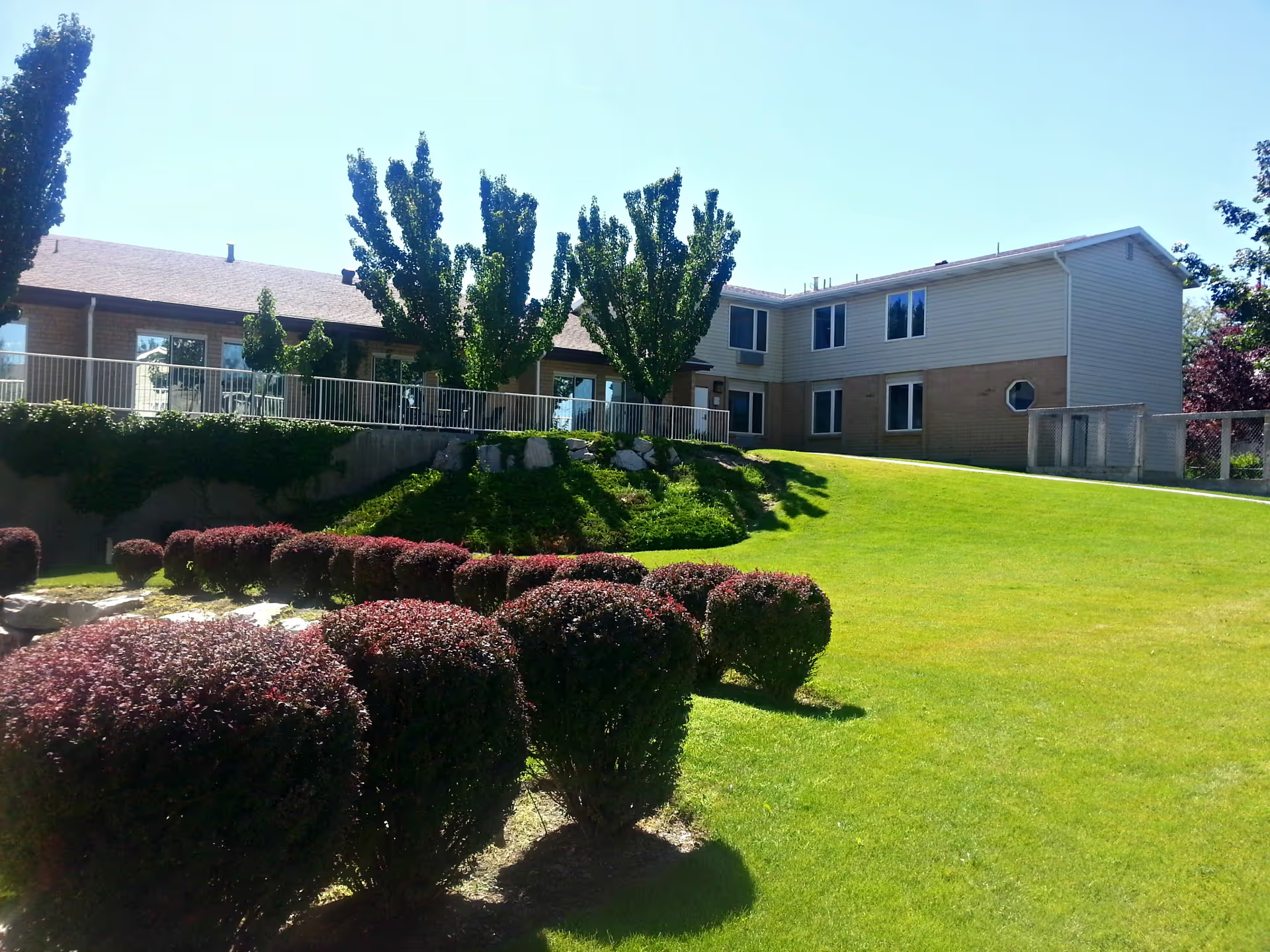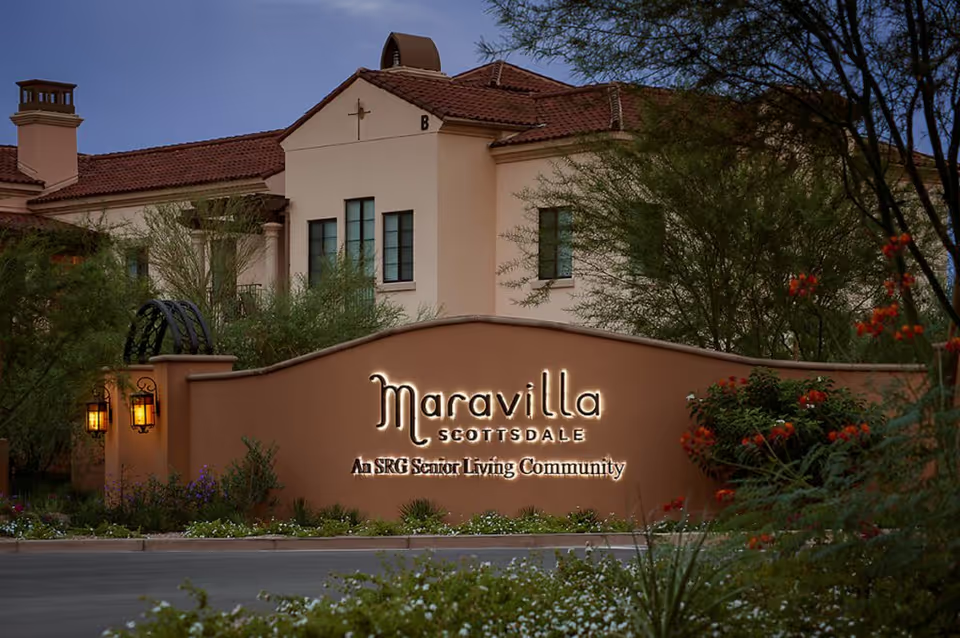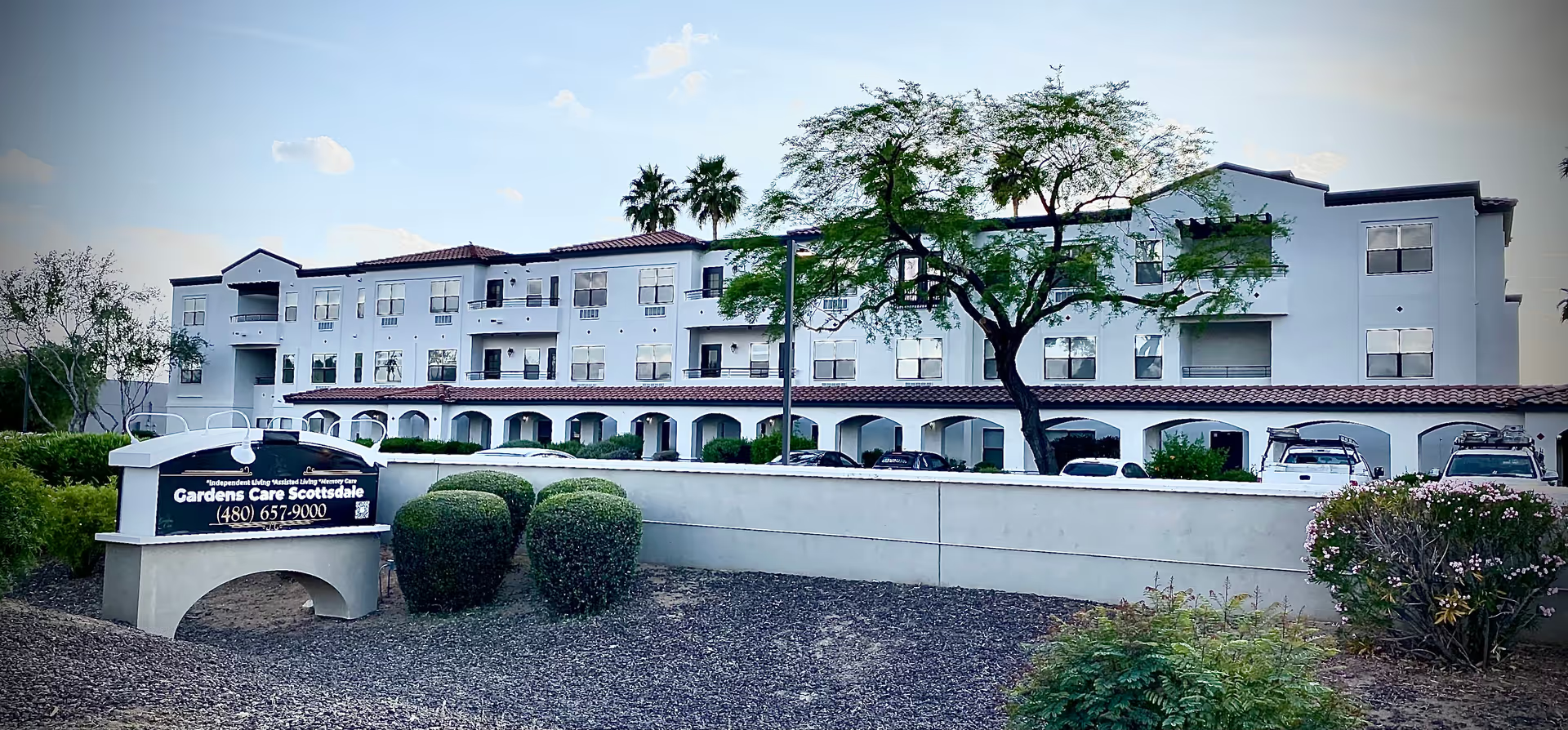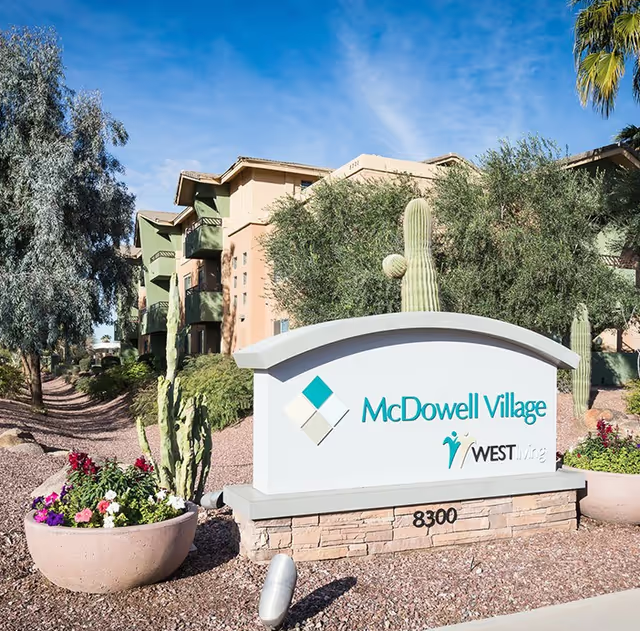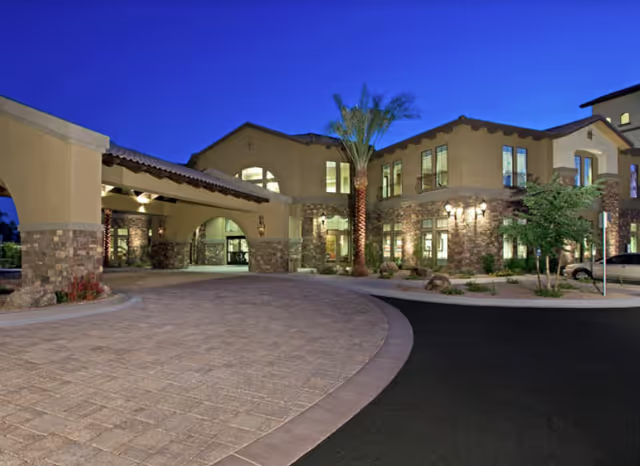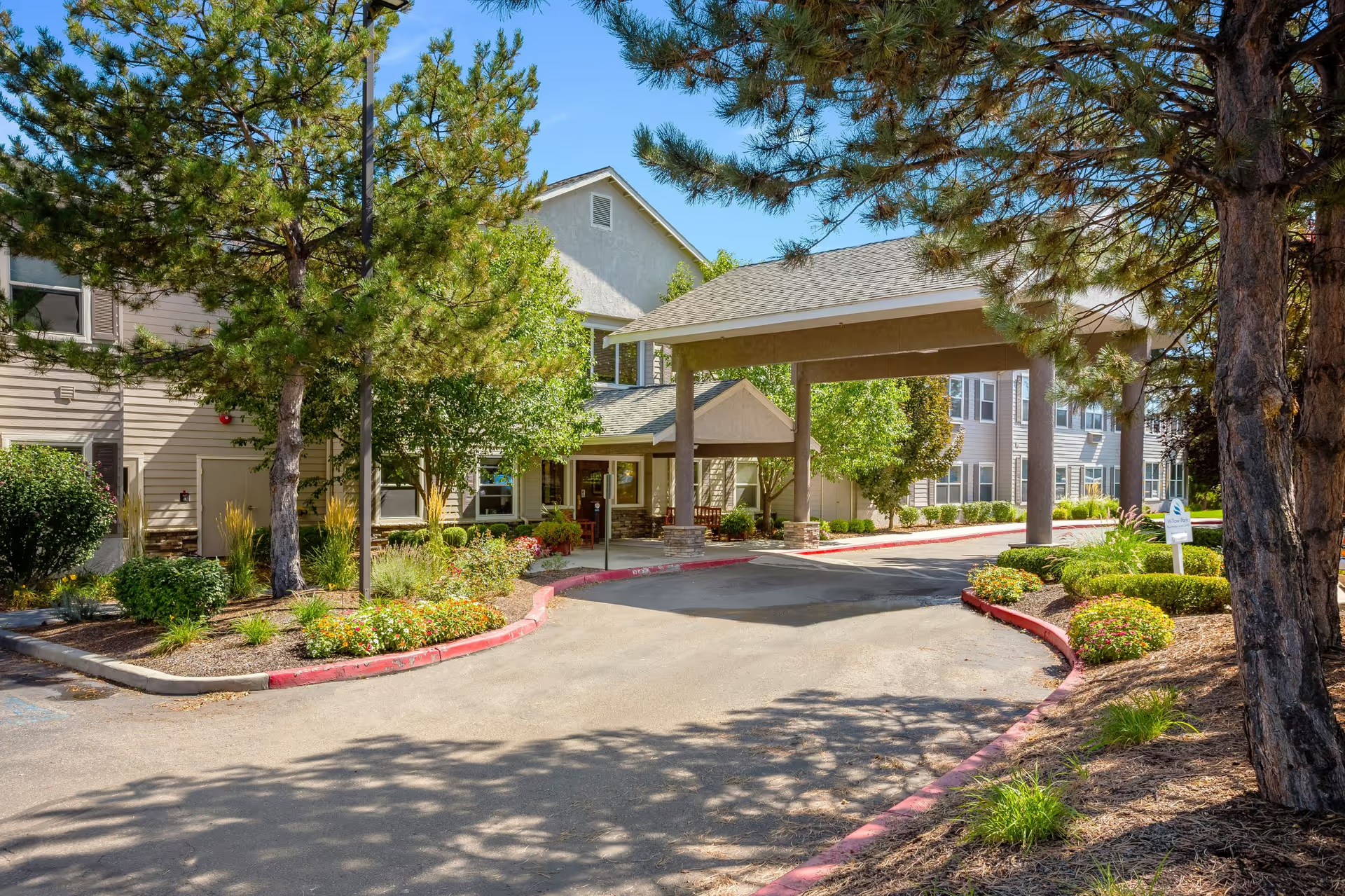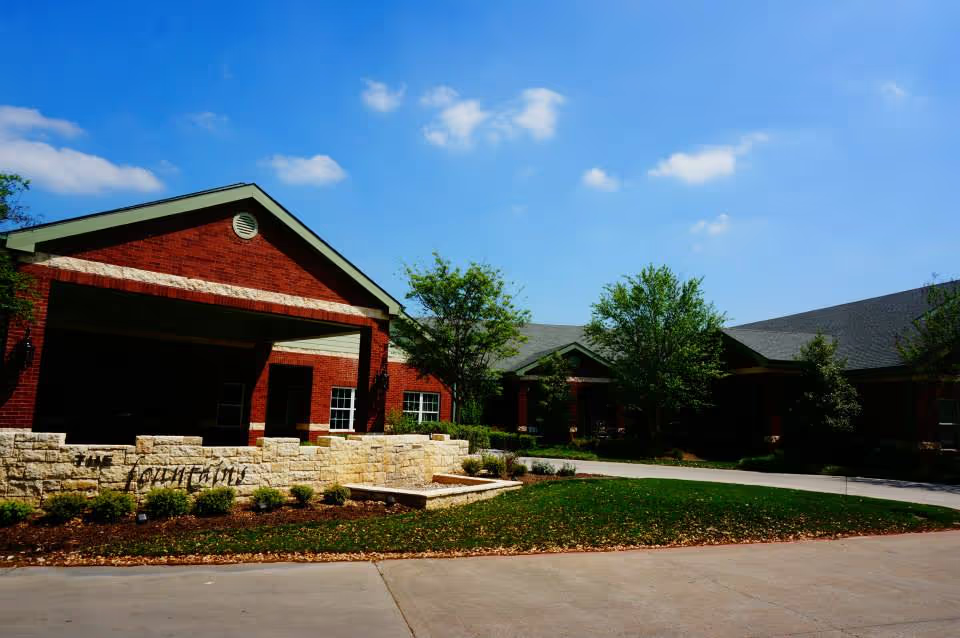Overall sentiment in the reviews is mixed but leans positive for many families. A clear majority of summaries emphasize compassionate, individualized care: reviewers reported that residents regained weight and looked better, received attentive and knowledgeable caregiving, and benefited from education and communication with family members. Multiple reviewers praised helpful, friendly staff and described the atmosphere as loving, supportive, and home-like. The facility’s small size, private rooms, fenced backyard, and clean, domestic setting were highlighted as strengths that contribute to personalized attention. Several family members specifically called out strong emotional support during end-of-life care and excellent communication with relatives, indicating a focus on dignity and family involvement in difficult situations.
Staffing and culture receive generally favorable comments in many reviews: caregivers were described as knowledgeable, enjoying their work, and supported by caring owners. Reviewers noted a positive company culture and hands-on ownership, which several families connected with consistently good treatment of residents. Dining was singled out positively in multiple summaries — “amazing food” — which supports the impression of attentive daily living services. The small, home-like environment and private room options were repeatedly cited as advantages for families seeking a more intimate assisted living setting rather than a large institutional facility.
However, there are notable and serious negative reports that create a pattern of inconsistency. Several reviews describe unacceptable cleanliness issues — words used include “filthy house” and “dirty floors” — and express direct concern that poor housekeeping may indicate lapses in overall care. Other summaries allege inexperience among staff and even describe residents being left unattended, suggesting episodes of substandard care. These negative accounts contrast sharply with the positive reports and imply variability in service quality that may depend on staffing, shift, or unit. Because both very positive and very negative experiences appear in the review set, prospective families should be aware that experiences may differ significantly from one resident to another or over time.
Cost and access are additional recurring themes. Some reviewers found the facility too expensive and reported that management was not willing to work with them financially. This suggests that while services may be high-quality for those who can afford them, price is a barrier for other families. There is also a practical note about accommodations: while private rooms are available and praised, double rooms are also offered, which may be a drawback for some people who expect or desire private space.
In summary, Jaxpointe Assisted Living appears to deliver excellent, compassionate, family-oriented care for many residents, with strengths in individualized attention, communication, emotional and end-of-life support, and a home-like environment with good food and pleasant outdoor space. At the same time, a subset of reviews raises serious concerns about cleanliness, staff experience, and instances of residents being left unattended, as well as issues with pricing and flexibility. The mixed nature of the reviews points to variability in resident experience; prospective families should tour the facility, observe cleanliness, ask about staffing levels and training, inquire about room options and pricing flexibility, and seek recent references to confirm that the positive practices reported by many families are consistent and that any past problems have been addressed.
